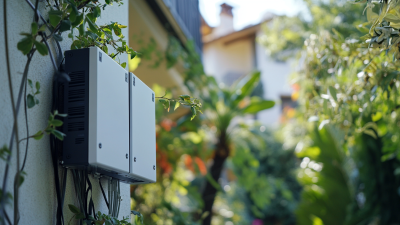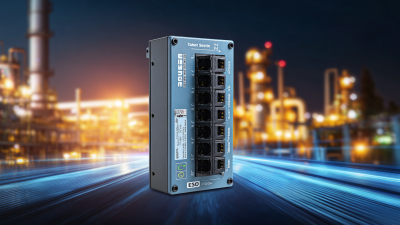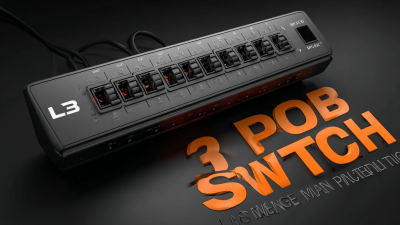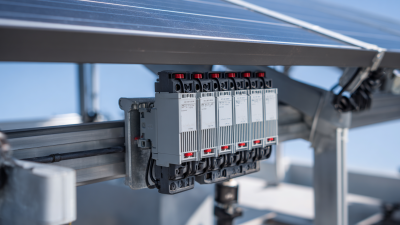
- hasivo@hasivo.com
- Mon - Sat at 7:00AM to 9:00PM
Leave Your Message

In today's fast-paced digital landscape, the demand for efficient and reliable network performance has never been greater. According to a report by MarketsandMarkets, the global PoE (Power over Ethernet) switch market is expected to reach $3.1 billion by 2026, reflecting a compound annual growth rate (CAGR) of 14.4% from 2021. This surge is driven by the increasing need for connectivity and the proliferation of IoT devices across various sectors. A PoE switch not only simplifies the installation of network devices, but also enhances energy efficiency by delivering power and data over a single cable. With numerous options available on the market, selecting the best PoE switch becomes crucial for optimizing your network performance. In this blog post, we will delve into ten essential tips to guide you in making an informed decision that meets both your current and future networking needs.
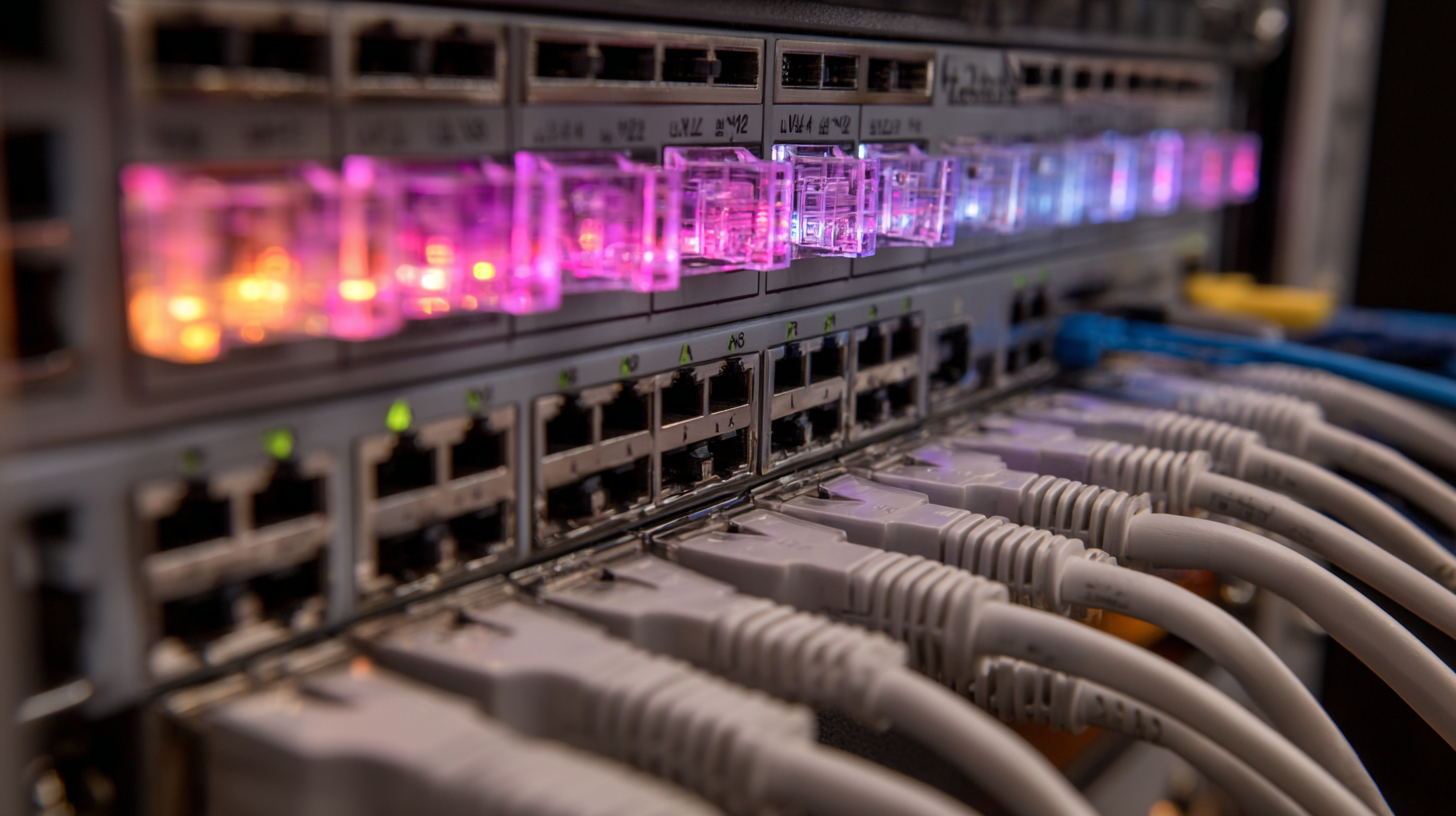
When selecting a Power over Ethernet (PoE) switch, it's essential to understand the various types available on the market and their unique features. The most common types include standard PoE switches, PoE+ switches, and PoE++ (or 4PPoE) switches. Standard PoE switches deliver up to 15.4 watts per port, suitable for powering devices like basic IP cameras and VoIP phones. However, as the demand for power-hungry devices increases, many users opt for PoE+ switches, which provide up to 30 watts per port, making them ideal for applications such as PTZ cameras and advanced wireless access points.
Additionally, PoE++ switches offer significant power capabilities, delivering up to 60 watts per port. They are particularly beneficial for high-performance devices, including multi-band wireless access points and video conferencing systems. When choosing a PoE switch, consider the total power budget and the number of ports needed, as well as whether the switch supports features like VLAN configuration and Quality of Service (QoS). Understanding these types and their respective features will help ensure that your network can effectively support a range of devices, enhancing overall performance and reliability.
When selecting a Power over Ethernet (PoE) switch to enhance your network performance, several key factors should be top of mind. First, consider the power budget necessary for your devices. Each PoE device, such as IP cameras, wireless access points, or VoIP phones, requires a specific amount of power to function. Ensure that the total wattage across all ports does not exceed the switch’s maximum power output. This evaluation is crucial for preventing device failure or underperformance.

Another important factor is the switch’s port count and speed. Depending on your network's size and requirements, you may need a switch with multiple ports to connect various devices seamlessly. Additionally, assess the speed of the ports—Gigabit ports are recommended for higher data transfer rates, ensuring that your network runs smoothly even during peak usage times. Lastly, look for features like managed versus unmanaged switches; managed switches provide more control over traffic and advanced features which can further optimize your network performance.
When selecting the best Power over Ethernet (PoE) switch for your network, assessing the power requirements of your devices is crucial. Each PoE device, such as IP cameras, VoIP phones, and wireless access points, has a specific power consumption rating. Begin by listing all the devices you intend to connect and their respective power needs, which will help you choose a switch that can adequately supply power without overloading.
Furthermore, consider the total power budget of the PoE switch. Many switches have a limit on how much power they can distribute across all ports. For instance, if you plan to connect multiple high-power devices, opt for a switch that supports PoE+ or even PoE++ standards, which can provide higher wattage per port. This will ensure that all devices function optimally and contribute to overall network performance, reducing downtime and maintenance costs. Investing in a switch with a sufficient power budget aligned with your network's needs will support current devices and future expansions.
| Tip Number | Tip Description | Power Requirement (W) | Suggested Poe Switch Type |
|---|---|---|---|
| 1 | Evaluate the total power consumption of all devices. | 15 W | PoE Switch (802.3af) |
| 2 | Consider the future expansion needs of your network. | 30 W | PoE+ Switch (802.3at) |
| 3 | Check compatibility with existing network infrastructure. | 60 W | PoE++ Switch (802.3bt) |
| 4 | Assess the cooling requirements of switch devices. | 15 W | Compact PoE Switch |
| 5 | Identify the quality of service (QoS) needs for your devices. | 30 W | Managed PoE Switch |
| 6 | Review power budget across all connected devices. | 45 W | High-Power PoE Switch |
| 7 | Choose between unmanaged and managed switches based on control needs. | 85 W | Smart Managed PoE Switch |
| 8 | Look for energy-efficient options to reduce operational costs. | 20 W | Energy Efficient PoE Switch |
| 9 | Factor in the warranty and support provided by the manufacturer. | 15 W | Standard PoE Switch |
| 10 | Evaluate overall cost vs features to ensure value. | 30 W | Cost-Effective PoE Switch |
When evaluating network speed and performance metrics, the choice of a Power over Ethernet (PoE) switch plays a critical role. According to a report from the International Data Corporation (IDC), network downtimes can cost businesses up to $100,000 per hour. Therefore, selecting a switch that offers robust performance and reliability is essential in avoiding costly disruptions. A good PoE switch should be capable of handling multi-gigabit speeds, significantly enhancing data transfer rates. Reports indicate that switches supporting 10Gbps can improve network resilience and scalability, catering to growing demands for bandwidth in enterprise environments.
Moreover, packet loss and latency are vital metrics to consider when assessing switch performance. A study by Cisco highlights that just a 1% packet loss can result in a 5% decline in application performance, which translates into poor user experiences. Look for PoE switches that offer advanced Quality of Service (QoS) features to prioritize network traffic effectively. This ensures critical applications receive the bandwidth they need, while less important data streams are allocated ancillary resources, thereby optimizing the overall network performance. Investing in a high-quality PoE switch that delivers on these metrics can lead to significant improvements in both productivity and efficiency in an organization's network infrastructure.
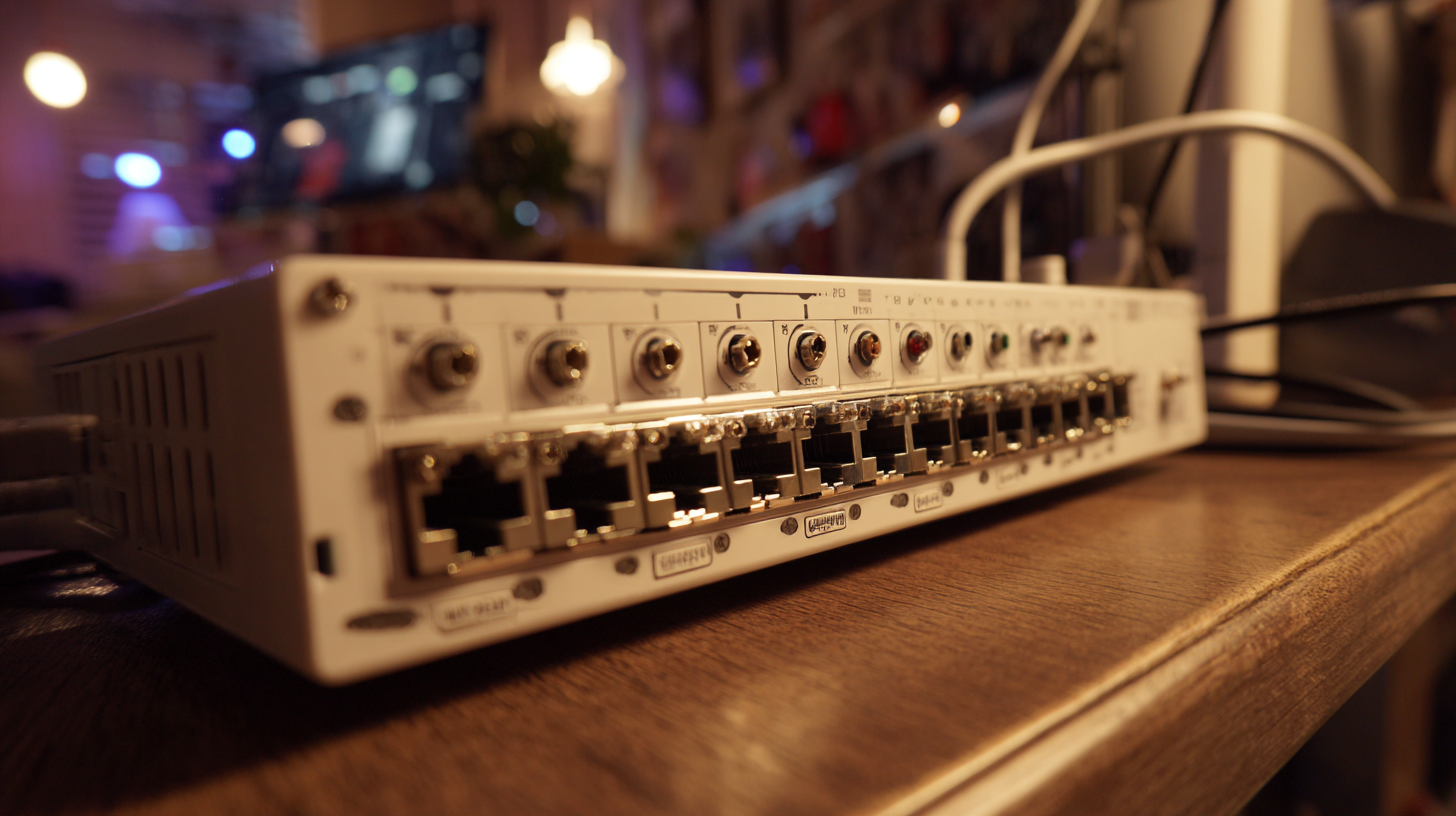
When considering the scalability and future-proofing of your network, it's imperative to choose the right Power over Ethernet (PoE) switch. A scalable network infrastructure is essential for adapting to the rapid technological advancements and growing demands of businesses today. According to industry reports, the global PoE switch market is projected to grow significantly, driven by the demand for advanced networking solutions that support IoT devices. This illustrates the necessity for scalable systems in critical infrastructure, where adaptability can significantly impact operational efficiency.
Moreover, as organizations increasingly rely on high-bandwidth applications, the importance of building a robust, future-proofed network cannot be overstated. Recent studies emphasize that future-proofing approaches, such as investing in scalable infrastructure, play a crucial role in providing resilience against evolving digital landscapes. For instance, in the context of fiber optic networks, resilience and scalability are paramount for accommodating the surging traffic as digital transformation expands across regions. Ensuring your network design incorporates these elements will not only cater to current demands but will also facilitate sustainable growth as technology continues to evolve.
